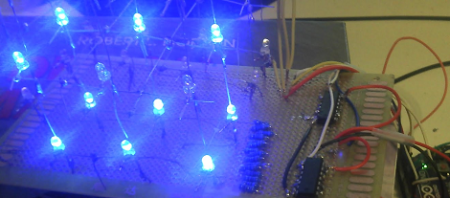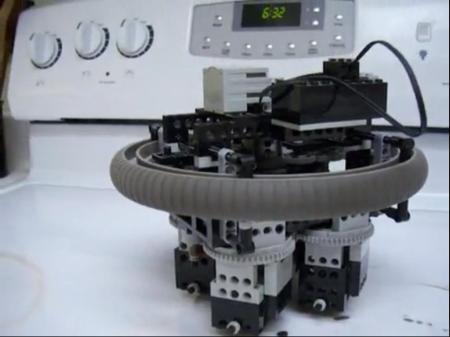[Isaac] sent in his mashup build of a LED cube combined with a graphic EQ meter. The build is fairly simple and from the video we can tell that his build would be a great installation in a dubstep venue. While it’s not the 9x9x9 cube possible with some judicious coding we think it’s a very fitting display for the intended purpose.
Day: August 4, 2011
Would You Like To Play A Game?
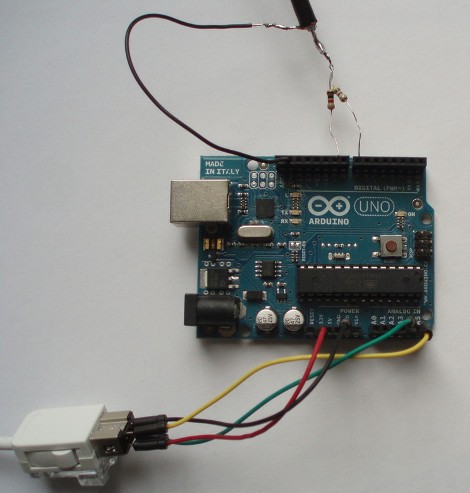
[Itay] dropped a link in our inbox about creating a simple video game system using Arduino. Yes we all know where that is going … the TV out library for Arduino. However this tutorial should still be mentioned because it pretty much covers everything someone new would need to quickly and easily hook one of these things up, along with wii Nunchuck usage, library basics and creating your first game.
Lots of large pictures, diagrams, and explanation of software is included. Yes we know we feature this little setup a lot, that is because its so darn fun. So if you ever wanted to make your own little video game system (without going crazy bit banging VGA out of a little micro in ASM) this guide will help you get started making that next arcade masterpiece.
Prison Inmates: The World’s Least Admirable Hackers
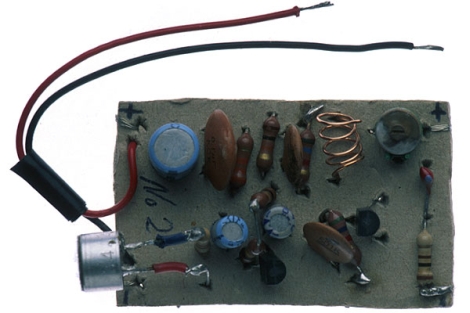
One thing that always amazes us is the ingenuity displayed by prison inmates, as demonstrated in the tools and weapons they create while under the watchful eye of the law. Unlike most people however, these individuals have nothing but time on their side, which lends to the wide range of implements they inevitably dream up.
[Marc Steinmetz] took some time to photograph a handful of contraband items which were confiscated in various prisons. They range from the relatively benign bed sheet ladder to more sophisticated items such as battery-powered shotguns constructed from iron bedposts. While weaponry and escape aids are the most common prison yard creations, he also came across a DIY toaster, a hidden radio receiver, and one of our favorites – the surveillance bug pictured above, which was used to listen in on guards’ conversations.
While the use of any of these items in a controlled prison environment is questionable at best, it’s still interesting to see what people can hack together with limited resources and a heck of a lot of time.
[via Neatorama via Environmental Graffiti]
An Arduino Board For Your Tiniest Of Projects
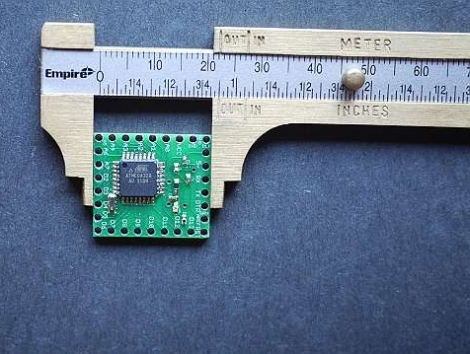
Instructables user [dustinandrews] just took the wraps off his latest creation, a DIY Arduino Pro Mini clone.
Actually, to call it an clone is technically incorrect – while he aimed to produce a tiny Arduino-compatible board, his goal was not to replicate the Mini’s design. Instead, he developed a 1” x 1” board from scratch, covering the construction process in great detail.
When you are working with components this tiny, the only reasonable way to get things done is via solder reflow. He walks through the steps he took to produce the board, which should be enough to guide those doing reflow for the first time through the process without too much trouble.
The end result looks pretty nice, and when he puts it up side by side against the Arduino Pro Mini, his board can definitely hold its own. While his design lacks an on-board power regulator and reset button, he does provide two more analog I/O pins than the Mini, along with several other enhancements.
The Lego Synchro Drive
[M-byte] wrote in to tell us about the Lego Synchro Drive. Although not a new hack, this autonomous vehicle is quite amazing in it’s simplicity. Using only one motor turning at a constant speed, this device is able to navigate obstacles by simply turning.
As [m-byte] was quick to point out, this is a simple task using modern electronics, but this drive is made using only Lego Technic parts. The machine’s motion is quite pleasing. When it hits an obstacle, the outer rotating ring stops, allowing the casters on the bottom to switch direction. One could see this invention coming out of Leonardo da Vinci’s notebook (minus the Legos).
Check out either of the embedded videos after the break to see this device in action. If you’d like to build one yourself, follow this link for very well illustrated directions. Continue reading “The Lego Synchro Drive”
Air Conditioner Regulation Using A Hobby Servo
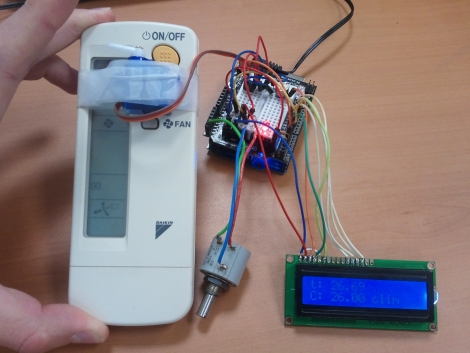
For anyone that works in a large office building, odds are you know the pains of dealing with a poorly regulated HVAC system. [Robovergne] and his co-workers recently moved to a new location, and found that the air conditioning control was less than effective, leaving the office as hot as a sauna or as cold as a meat locker.
While they manually triggered the A/C on and off every half hour for a while, that grew tiring, so [Robovergne] decided to take things into his own hands. He had never used an Arduino before, and figured that regulating the air would be a great first project. He mounted a small hobby servo onto the front of the A/C remote, and wired a DS18B21 temperature probe to the Arduino. A small pot is used to adjust the temperature setpoints, which are displayed on the attached LCD screen. Now, when the temperature starts to rise, the Arduino triggers the servo to turn the air conditioning on without human interaction.
[Robovergne] says that while his solution is ugly, it works quite well. It definitely gets the job done, we can’t argue with that!
Continue reading to see a video of his automatic A/C controller in action.
Continue reading “Air Conditioner Regulation Using A Hobby Servo”

